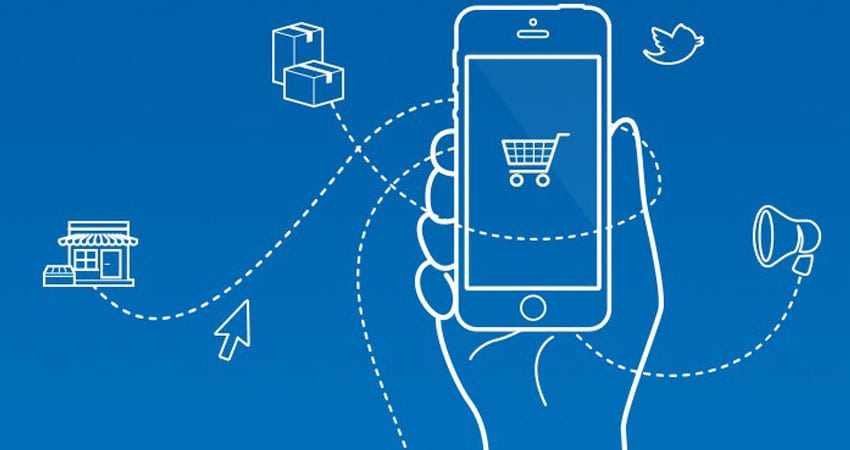As the line between traditional retail and ecommerce becomes blurred, consumers are using multiple channels to find, research, and buy the products they want and need. But even though all-connected consumers represent a majority of the population, retailers have failed to create shopping experiences catered to them. Often focusing on digital as a separate channel, retailers are neglecting their physical stores. To stay relevant in an evolving retail environment, companies must start treating digital and physical retail as one.
Instead of fighting rising online sales, retailers should embrace digital to drive more sales in-store. By creating a true omnichannel approach, retailers can better serve customers, open avenues for more transactions, and increase overall sales.
Omnichannel, not multichannel retail
Companies often confuse multichannel retail with omnichannel retail, but the two are completely different concepts. Most retailers engage in multichannel retail, or the many different ways consumers purchase products, but they fail to connect them. That’s where omnichannel retail comes in.
It’s not just about reaching the most people possible through individual channels. You also need to understand where your target market is paying attention, and insert your brand at the intersections of those media properties. This more cohesive the shopping experience, the deeper the customer’s connection to the brand.
In-store digital touchpoints
There’s no doubt about it: retailers should focus on their e-commerce efforts. But that doesn’t mean your storefront shouldn’t get a digital upgrade too. With more consumers, especially Millennials and Gen Zers, expecting brands to meet their high expectations, retailers must make sure every facet of the shopping experience, online and in-store, contributes to a smooth process.
Touchpoints are the signs leading the customer on the way to a successful omnichannel retail experience. From mobile to web to in-store, these touchpoints aren’t just nice to have; they’re essential to a seamless customer journey. But despite their proven effectiveness, most retailers aren’t fully taking advantage of touchpoints, especially ones that should be in their brick-and-mortar shops.
Retailers must consider their showrooms as more than just a well-designed floor space, and they must invest in immersive in-store experiences that cannot be replicated online. Including in-store touch points is one of the simplest ways to create a unique retail environment and separate your store from more traditional retailers. These devices could include price checkers, tablets and interactive catalogs.
But in-store touch points aren’t there for looks. Your most loyal customers, omnichannel shoppers, take advantage of them regularly and in all sorts of combinations and places. On average, omnichannel shoppers spend an average of 4% more in-store and 10% more online than single-channel consumers. And the more channels (and touchpoints) they use, the more money they spend.
Data-driven decisions
Knowing the way your customers shop online and in-store is essential to optimizing the entire customer journey. Sourcing data on consumer shopping habits allows you to cater every aspect of the shopping experience to your customers’ needs, from website design to the way shelves are stocked. Consumers’ online shopping habits are particularly useful because they can easily be measured.
Kroger, one of the largest grocery retailers in the country, revealed in October of last year the “Restock Kroger” initiative to improve the company’s store offerings, personalize communications with customers, revamp product assortment, and leverage data-driven shelf optimization. Research for the project began two years ago when the grocery retailer revamped the category assortment in 6% of its stores based on online data-driven mechanisms. The percentage of stores involved is expected to grow from 20% to 30% this year.
Retailers that take advantage of data like Kroger can avoid the pitfalls of big traditional retailers who have not fared so well in the present economy, like JCPenney, who failed to adapt to a changing retail environment.
Making the switch
While transitioning to an omnichannel retail approach is vital to growing your business, the process doesn’t happen overnight. Start with small changes. Put your most popular online items in a store display so online customers recognize them immediately, or place tablet stations offering exclusive digital content throughout your store.
To not get left behind in the competitive world of online and traditional retail, companies must make sure they are leading their customers smoothly through the purchasing process, even in-store. Digital touchpoints and a data-driven marketing strategy are essential pieces of the puzzle for your omnichannel customers looking to not only buy but build a connection with your brand.
Bart Mroz is Co-Founder and CEO of SUMO Heavy

